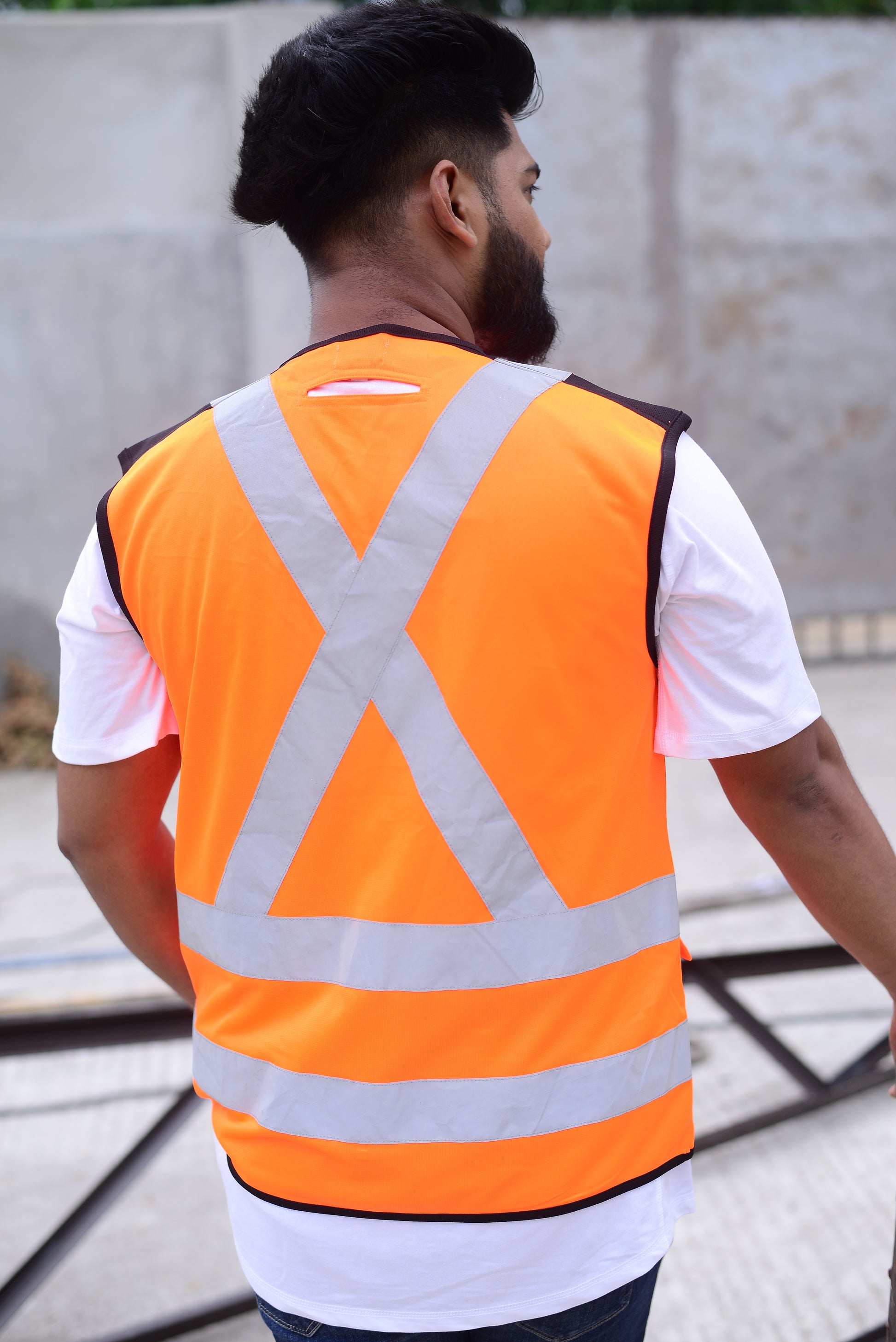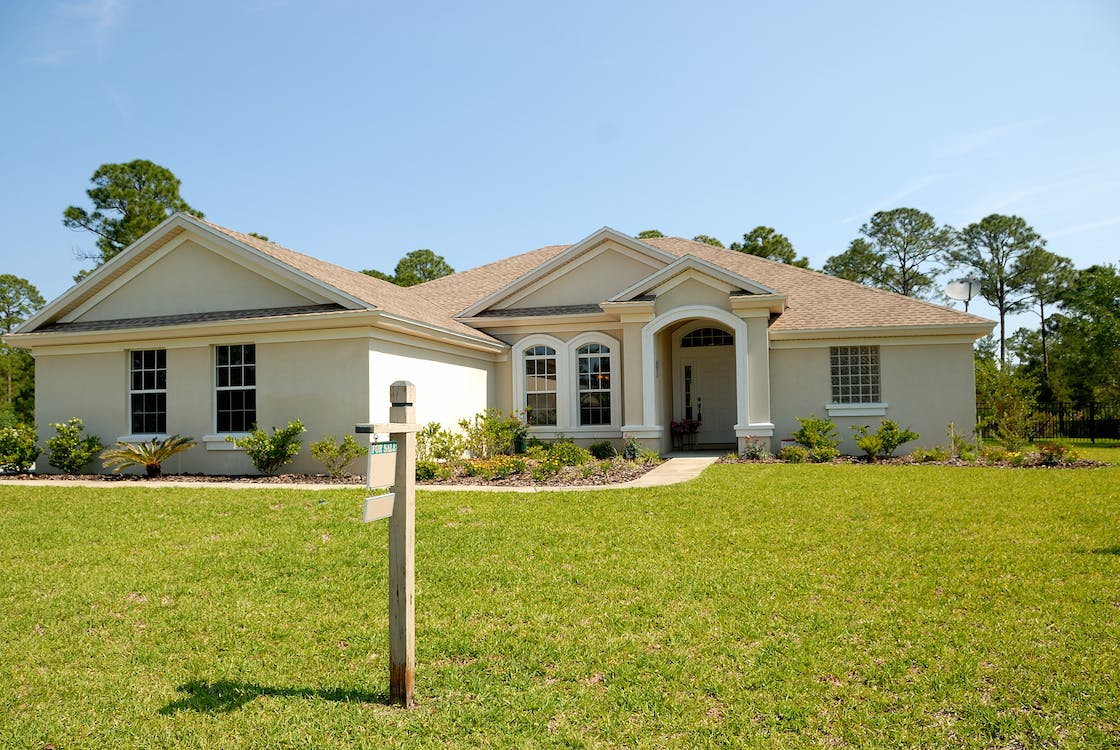Boost Safety on Construction Sites with Custom Screen Printing and High Visibility Clothing

Construction sites are inherently high-risk environments. Heavy machinery, moving vehicles, elevated platforms, and diverse weather conditions create a setting where even minor lapses in safety can lead to serious accidents. As the construction industry continues to grow and evolve, so too does the emphasis on maintaining workplace safety while improving team efficiency and professionalism. Among the most effective strategies for safeguarding workers are the use of custom screen printing on workwear and the adoption of high visibility clothing.
This article delves into how these solutions contribute to safety on construction sites, explores the trade-offs involved in their implementation, and examines practical considerations for decision-makers in construction and real estate development.
The Importance of Safety on Construction Sites
The construction sector consistently ranks among the industries with the highest workplace injury rates. According to industry reports, falls, struck-by incidents, and equipment-related accidents account for a significant portion of injuries and fatalities. Ensuring that safety protocols are followed is not just a regulatory requirement but also a moral and economic imperative.
One of the fundamental elements of construction site safety is visibility. Workers need to be easily identifiable, especially in low-light conditions or in busy areas with heavy equipment. This is where high visibility workwear comes into play. Similarly, distinguishing roles, responsibilities, and team identity through personalized work attire can enhance coordination and accountability, making custom screen printing an effective complementary approach.
Understanding High Visibility Clothing
High visibility clothing, often referred to as hi-vis clothing or reflective safety wear, is designed to make workers highly visible in all conditions. Typically, this clothing features fluorescent colors, reflective strips, and materials that catch and reflect light. The effectiveness of such apparel is influenced by several factors:
- Material Quality: Lightweight fabrics that wick moisture and remain durable under harsh conditions enhance comfort and safety.
- Color Choice: Fluorescent yellow, orange, and green are the most commonly used colors as they stand out in both daylight and low-light conditions.
- Reflective Striping: Strategically placed reflective bands improve visibility during night shifts or in dimly lit areas.
While these garments significantly reduce the risk of accidents, they are not a universal solution. Their effectiveness depends on proper usage, worker compliance, and integration with other safety measures such as helmets, harnesses, and signage.
Personalized Screen Printing on Workwear
Incorporating personalized screen printing into construction uniforms serves multiple purposes. Beyond aesthetics, it provides a functional and professional benefit by:
- Identifying Roles: Different departments or teams can be distinguished easily, improving coordination and efficiency.
- Enhancing Accountability: Customized logos or employee names can foster a sense of ownership and responsibility among workers.
- Strengthening Brand Identity: For construction firms and subcontractors, displaying company logos on uniforms promotes professionalism and can enhance client trust.
Despite these advantages, there are trade-offs to consider. For instance, certain printing techniques may compromise fabric breathability or longevity if not done correctly. Moreover, maintaining a consistent brand image across multiple sites or vendors can be challenging, requiring careful selection of printing services and quality control measures.
Balancing Safety, Comfort, and Durability
While the primary purpose of high visibility workwear is safety, comfort and durability cannot be overlooked. Construction workers are often required to wear protective clothing for extended periods, sometimes under extreme temperatures or harsh weather conditions. Poorly designed clothing may reduce compliance, as workers may remove or adjust it, inadvertently increasing risk.
Key considerations include:
- Breathability vs. Visibility: Fabrics that maximize reflective properties may sometimes sacrifice ventilation. Manufacturers often need to balance these aspects to ensure that clothing is both safe and comfortable.
- Durability vs. Weight: Heavier materials may last longer but can restrict movement or contribute to fatigue. Conversely, lighter fabrics improve mobility but may wear out quickly, requiring frequent replacement.
- Cost vs. Quality: High-quality reflective safety wear can be expensive, particularly when customized. Construction managers must weigh upfront costs against the long-term benefits of durability and worker protection.
Effective decision-making involves evaluating the specific needs of a construction site, including climate, type of work, duration of shifts, and the level of risk associated with different tasks.
Challenges in Implementation
Despite the clear benefits of high visibility clothing and personalized uniforms, implementing these solutions on a large scale is not without challenges:
- Standardization Across Teams: Large projects often involve multiple subcontractors, each with their own workwear standards. Aligning all personnel to a unified safety and branding strategy can be complex.
- Maintenance and Replacement: Reflective materials can lose their effectiveness over time due to washing, exposure to sunlight, or physical wear. Regular audits and replacements are necessary to maintain safety standards.
- Worker Adoption: Ensuring that all employees consistently wear hi-vis clothing and adhere to dress codes requires training and monitoring. Resistance to change can hinder the effectiveness of these measures.
- Environmental Conditions: Mud, dust, rain, and extreme heat can impact the visibility and durability of safety garments. Selecting appropriate materials that can withstand environmental challenges is critical.
Integrating Technology for Enhanced Safety
Modern safety strategies often combine traditional safety wear with technology. For example:
- LED-Enhanced Apparel: Some reflective safety wear incorporates LED lights for additional visibility during night work or in poorly lit areas.
- Smart Helmets and Sensors: Paired with hi-vis clothing, wearable sensors can detect hazards such as nearby machinery or unsafe movements, alerting workers in real time.
- Tracking and Identification Systems: Personalized uniforms with printed QR codes or RFID tags can help track personnel on-site and monitor compliance with safety protocols.
These innovations, while promising, also come with cost and training considerations. Decision-makers must weigh the benefits against the complexity and expense of implementation.
The Role of Training and Safety Culture
Clothing alone cannot prevent accidents. High visibility workwear and personalized uniforms are most effective when combined with comprehensive safety training. Companies that prioritize a strong safety culture see better compliance and lower incident rates. Training should include:
- Proper use and maintenance of hi-vis clothing
- Understanding the purpose of personalized identification and team differentiation
- Awareness of environmental hazards and risk mitigation strategies
- Encouraging reporting of unsafe practices or faulty equipment
By fostering a culture that values safety, construction firms can maximize the impact of their protective clothing investments and ensure a safer work environment.
Evaluating Cost-Benefit Trade-Offs
Construction managers often face budgetary constraints, requiring a careful evaluation of cost-benefit trade-offs when adopting high visibility clothing and custom uniforms:
- Short-Term vs. Long-Term Costs: Cheaper clothing may reduce immediate expenditure but lead to higher replacement costs or increased risk of injury.
- Customization Costs: Adding logos or employee names through screen printing or embroidery increases upfront costs but enhances identification, accountability, and branding.
- Safety-Related Savings: Investing in proper safety gear can reduce accident-related expenses, insurance premiums, and potential legal liabilities.
A strategic approach considers both tangible and intangible benefits, balancing initial investments with long-term safety, efficiency, and brand value.
Case Studies and Real-World Examples
Several construction firms and real estate developers have successfully integrated hi-vis clothing and personalized uniforms into their operations. For example:
- A mid-sized construction company implemented reflective safety wear with screen-printed logos for all field staff. Within six months, site accidents decreased by 20%, and worker identification became simpler during multi-team projects.
- A property management firm adopted custom-branded high visibility workwear for maintenance staff. The move enhanced both visibility and professionalism, resulting in improved client perception and employee pride.
These examples demonstrate that well-planned implementation can yield tangible improvements in safety, efficiency, and brand image.
Key Considerations for Decision-Makers
When selecting and deploying safety apparel, construction managers should consider:
- Site Requirements: Evaluate the level of risk, lighting conditions, and environmental challenges to determine the type of reflective gear needed.
- Worker Comfort: Ensure clothing materials allow for mobility, temperature regulation, and prolonged wear.
- Customization Needs: Decide the extent of personalization, balancing branding with functionality.
- Compliance and Standards: Ensure that all garments meet OSHA, ANSI, and other relevant safety standards.
- Vendor Reliability: Partner with suppliers who offer durable, high-quality garments and maintain consistent quality for custom printing.
Taking these factors into account helps create a comprehensive safety strategy that protects workers while supporting operational goals.
Future Trends in Construction Safety Apparel
The construction industry is increasingly embracing technology-driven and sustainable solutions:
- Eco-Friendly Materials: Manufacturers are exploring recycled fabrics and low-impact dyes for reflective safety wear, combining sustainability with functionality.
- Integrated Communication Tools: Some high visibility workwear now includes pockets or mounts for radios, GPS devices, or wearable tech, enhancing coordination and safety.
- Adaptive Design: Modular clothing systems allow workers to adjust layers or reflective components according to weather and task requirements.
Staying abreast of these trends allows construction firms to implement cutting-edge safety solutions that balance protection, comfort, and efficiency.
Final Thoughts
Ensuring safety on construction sites is a complex, multi-dimensional challenge that requires careful planning and execution. The combination of custom screen printing and high visibility clothing offers a powerful solution to enhance worker safety, improve identification, and reinforce professionalism.
By evaluating material quality, customization options, comfort, cost, and compliance with safety standards, construction managers can make informed decisions that benefit both employees and business operations. Furthermore, integrating training, technology, and a strong safety culture ensures that these protective measures are effective in practice.
Ultimately, investing in reflective safety wear and personalized work uniforms is not just a compliance measure—it is a strategic decision that safeguards lives, promotes efficiency, and strengthens a construction company’s reputation in a competitive industry.




